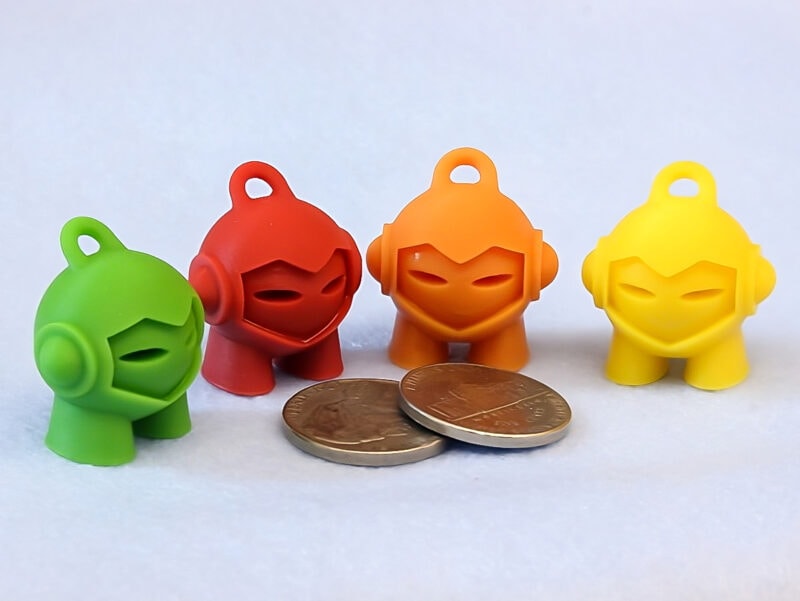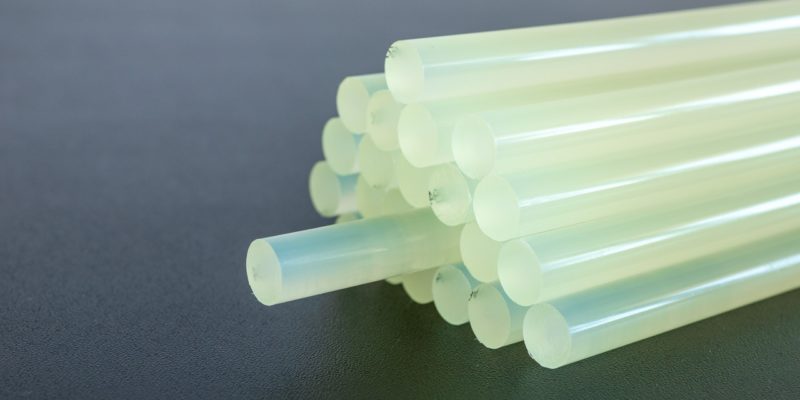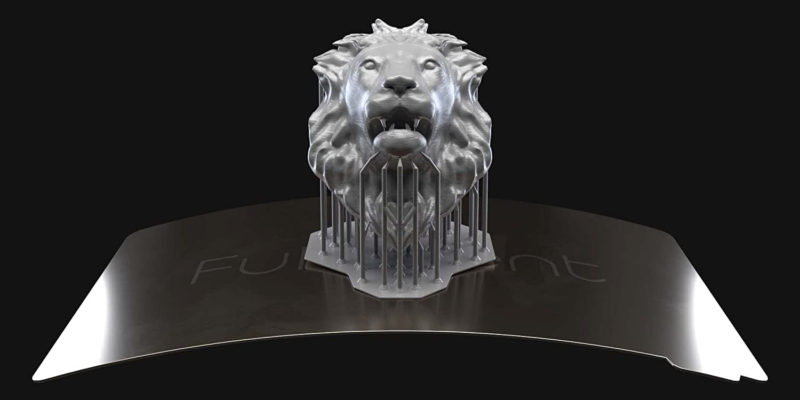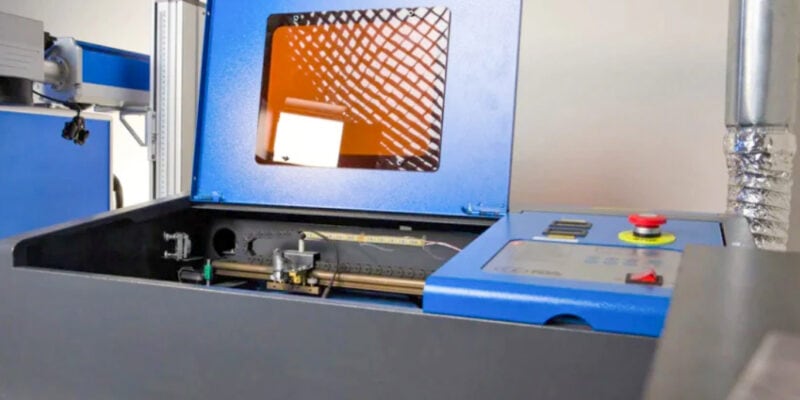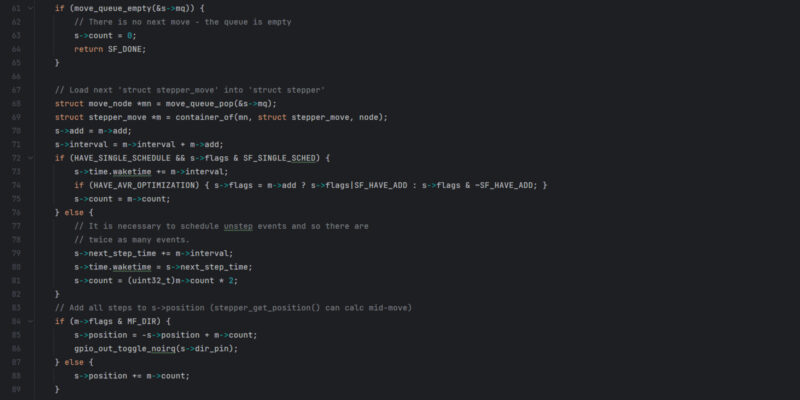Starting a business in 3D printing is now more affordable and easier than ever. You’ve probably already seen dozens of online sellers of 3D-printed items on eBay, Etsy, and Amazon, so you know making money with a 3D printer is possible.
Aside from the fun side of running a 3D printing business, you also have to think about the legal aspects. Can you lawfully sell 3D-printed items? What about the licenses and copyrights? Do you need anyone’s permission for 3D printing and selling items online?
This article aims to answer all these questions and more. Our goal is to make you aware of the legal issues that come up with 3D printing. By the end, you will have a clear idea of the legal aspects surrounding the sale of 3D-printed models.
Let’s dig in and make sure you aren’t 3D printing your way into trouble with the law.
Legal Disclaimer
The information provided in this article on selling 3D-printed items is for general informational purposes only. It is not intended to be, nor should it be construed as, legal advice.
The content of this article is based on our team’s research and understanding of the topic at the time of writing, and laws and regulations regarding 3D printing and selling items may vary by jurisdiction and change over time.
You can consider this article a supplementary resource, but it is not a substitute for competent legal counsel.
Why Would You Want to Sell 3D Printed Items?
When approached correctly, selling 3D-printed items can be a very profitable business. Often it starts with friends and family asking you to make some cute 3D-printed projects. One small keychain turns into ten, and you quickly start thinking about starting a 3D printing business.
You might also have a unique design or product that solves a particular problem. It’s possible to make some extra cash and support your pastime by 3D printing and selling it. Particularly if you have creative and design abilities, 3D printing may be a fantastic method to put those to use for financial gain.
Compared to traditional manufacturing methods, 3D printing is quite cost-effective. You don’t need expensive machines or even continually monitor your 3D printers as they do their thing.
You can focus on your main activity while 3D printing models on the side. As such, 3D printing may serve as a fun and lucrative hobby with the potential to grow into a full-fledged business.
Can You Just Sell 3D Prints From Thingiverse and Other Sites?
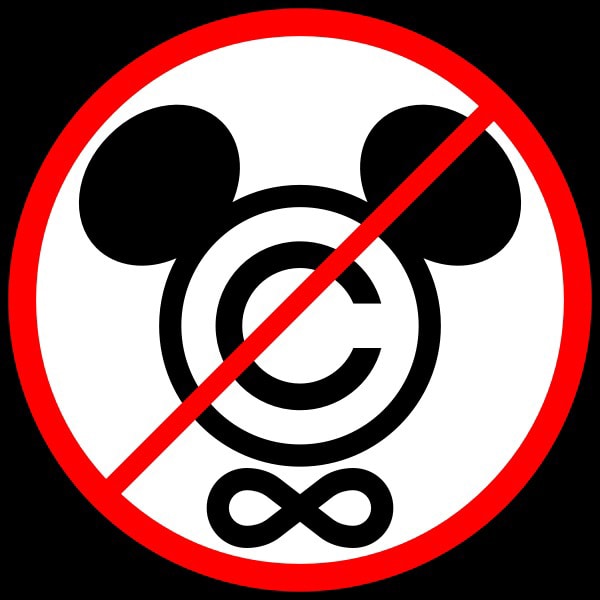
No, you can’t just download models from Thingiverse, 3D print them, and sell them. You could face legal action or have your online store shut down.
Sites like Thingiverse, Printables, and MyMinifactory are sites for 3D printing files. They give designers a place to upload their digital files and share them with the 3D printing community.
For some, it’s a method to showcase their creative abilities and build a fan base. For others, it’s a platform to exchange designs that may benefit a large number of people.
On Thingiverse, the majority of designers’ uploads are published under the Creative Commons Non-Commercial license. We’ll learn more about different licenses further down this article.
The main point of a non-commercial license is that it lets you print 3D models for personal use but not for profit. You can 3D print a battery holder, a vase, or a mask for personal use. But can’t sell and make money off of it.
Then there are models that are protected by intellectual property laws, like Groot, Pokemon, and Star Wars figures. Corporations like Disney, Nintendo, and Hasbro own the copyrights to these popular models. Even if independent designers create their own versions of these characters and upload them to the site, these corporations still retain intellectual property rights.
Trying to make money with the intellectual property of these companies can land you in a heap of trouble. No matter which profitable 3D printing ideas you have in mind with the characters owned by these companies, it’s best to let them go altogether.
The same is true for other custom models made by different people, however. If they have licensed their design as not for commercial use, you are not allowed to sell these items legally unless you get specific permission from them.
So Is It Illegal to Sell 3D Printed Items?

It is perfectly legal to sell something you’ve created on a 3D printer. It is conditional upon the specific model, the license type, the author’s authorization, and your agreement with the original designer.
For example, the Valentine Rose model in the image above is shared under a Creative Commons – Attribution license. You can continue 3D printing, sharing, or selling 3D printed items as long as you give credit to the original designer under this license.
Thingiverse and other digital file-sharing sites have many similar models that you can sell without running into problems with copyright laws.
You can also always ask the designer for permission for selling models that have a non-commercial license. It is possible that the designer will give you permission to sell 3D-printed versions if the design is popular or useful to customers. As an incentive, you can think about giving the designer a cut of the profits. It’s a win-win situation for everyone involved.
Nonetheless, copyrighted models from companies such as Disney don’t fall under things to 3D print and sell. Even if an individual designer has made his own design of Groot and shared it on Thingiverse, the character copyright is still owned by Disney. It’s tricky, we know.
In short, you can 3D print and sell items that aren’t explicitly licensed for non-commercial use. And if you want to sell a design that belongs to someone else, you’ll want to ask them for permission first.
Licenses That You Will Encounter
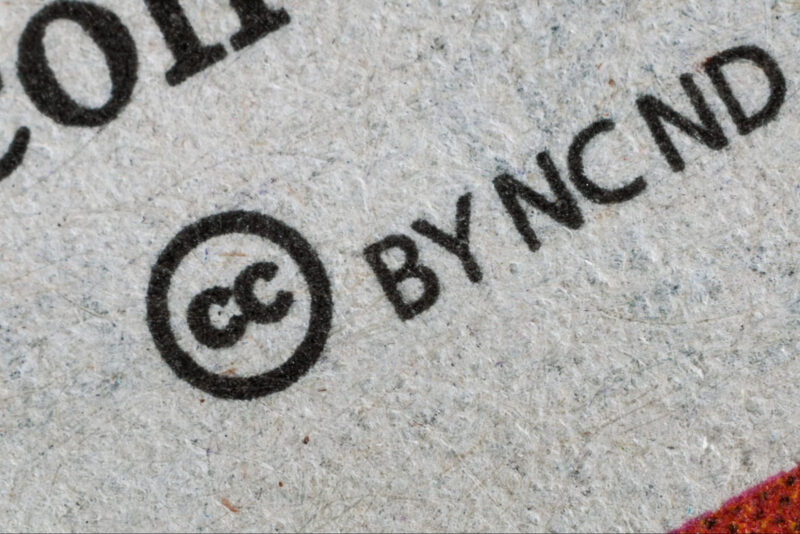
Licenses help protect the interests of individual designers. It gives them legal protection in case others try to cash in on their ideas. There are 8 different types of licenses frequently used in licensing 3D printing designs. In this section, we’ll take a closer look at them and see how they differ.
Creative Commons – Public Domain Dedication – CC0 1.0 Universal (CC0 1.0)

The creative commons licenses operate within copyright law and offer users a standardized legal means to share their creations with the rest of the world.
Of all the different license types, the Creative Commons Public Domain License is the least restrictive. You can share, modify, and commercially 3D print and sell the model without any restrictions. You are not required to give credit to the designer or even ask for their permission. It’s almost as if you designed the model yourself.
This license type is excellent for designs that can help the general public. Face shields, Covid masks, and prosthetic models are some of the designs that have been placed under this license.
Creative Commons – Attribution 4.0 International (CC BY 4.0)
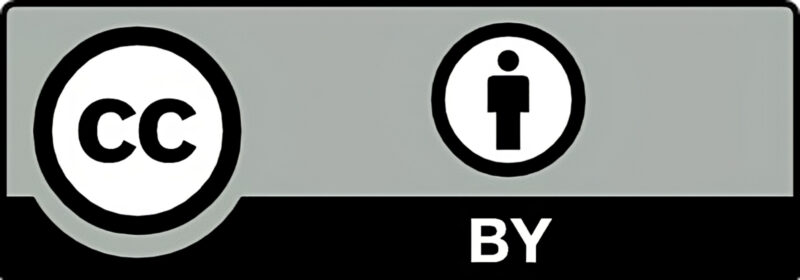
With the creative commons attribution license, you can share, change, sell, or adapt the original design in any way you want. The only requirement is that you give credit to the original designer whenever you use the model.
It’s a fantastic license since it gives you the freedom to do whatever you want with the design while still giving proper credit to the original creator.

The attribution share-alike license is similar to the one above. You can remix, share, copy, and even 3D print and sell the models for money as long as you do so under the same license.
This means that whenever you make changes to the original design and upload the new version, you’ll use the same license type for your model. You still have to give credit to the person who created the original model.
While protecting the creator’s original intent, this license encourages users to share and modify the designs without restriction.
Creative Commons – Attribution-NonCommercial 4.0 International (CC BY-NC 4.0)

This license gives you all the freedom of the above two licenses, except that you cannot use the design for commercial purposes. You cannot sell the CAD design or the 3D printed model anywhere.
Designs with this license are only for personal use. The original design is still available for sharing and modification. But if you use the model for business, the person who made it has the right to take legal action against you.
The non-commercial license is intended to safeguard the original author and prevent others from profiting from their labor.
If you see this license on any 3D model, you should ask the creator for explicit permission before you start selling it. Chances are, the designer might agree to a profit-sharing arrangement that will let you use their design commercially.

The non-commercial share-alike license is an extension of the previous three common creative licenses. You can change, improve, and add to the initial design as long as you give credit to the original creator. However, you cannot use the original model or a modified version for commercial purposes.
Also, if you share the modified version with the community, you should use the same license type as the original creator. You don’t have the right to list the model under a different license type just because you made changes to the original design.
This license type closes the loophole that allows someone to remix your design and sell it for money.
Creative Commons – Attribution-NoDerivatives 4.0 International (CC BY-ND 4.0)
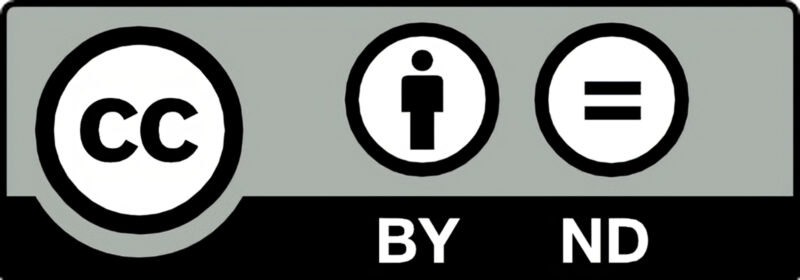
As long as you credit the original designer, you are free to share the design under this license type. You can even sell the design, 3D-printed models, and anything else related to the original stuff.
The only requirement is that you can’t change the original design in any way. You can only 3D print and sell the models as they were designed. It’s a great way for designers to make sure their designs are still recognizable while still allowing others to use them.
This license not only protects the designer’s rights but also makes sure that the initial design elements are kept. It is helpful for models of things like medical equipment, structures that hold weight, and parts where certain design features are crucial.
Creative Commons – Attribution-NonCommercial-NoDerivatives 4.0 International (CC BY-NC-ND 4.0)
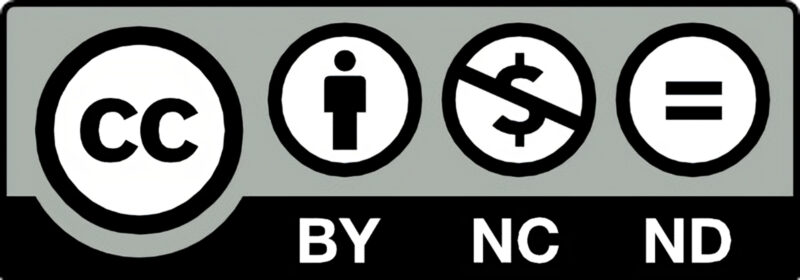
Out of all the Commons licenses, the non-commercial no derivatives license is the most restrictive. It forbids you from making any changes or exploiting the model for financial benefit. You can only share the designs and use them for your own purposes, and even then, you must give credit to the original designer.
This license type is as close to a copyright material license as you can get while still giving you some freedom. It protects the creator’s rights without limiting the design for other people.
All Rights Reserved
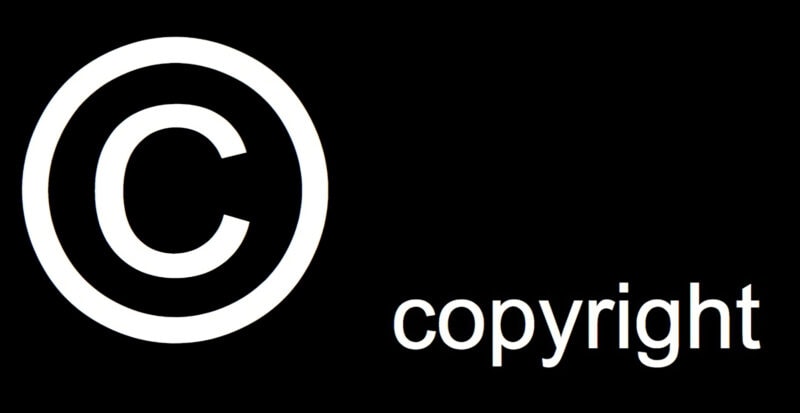
The original creator of the design, model, or image retains all rights under this license. You can’t give them away, use them under your own name, or make money off of them.
It’s typically represented by the letter C enclosed in a circle. If you see this symbol or the word copyright anywhere in the description, it’s best to err on the side of caution.
The only way to use the design is to get permission from the original modeler and let them know why you want to use it. There is nothing you can do legally if they say no. This license is one of the most restrictive licenses used to protect the interests of the original creator.
What Are the Consequences of Not Respecting Licenses?
A warning from the designer is the least severe consequence for breaking the license terms of a 3D model. You might be simply asked to credit the creator or to just stop selling their designs on online platforms.
However, the person who owns the design has the right to file a lawsuit against you if you continue to break the terms of the license. Depending on the extent of the offense, you can be faced with significant fines.
In addition, if you are caught distributing or selling a copyrighted 3D model or print, the website you are using may terminate your account. The platform may pause your pending payments and refuse to pay you altogether if you violated its terms and conditions.
For example, copyright infringement laws are very strict on websites like eBay, Etsy, and the Amazon marketplace. If they find out that you’re breaking their rules, they will block or remove your account from their website permanently.
A good example is Disney’s removal of several Star Wars models from Thingiverse in 2017. Disney is the legal owner of the Star Wars characters. It sells licenses for these products to toy companies and other businesses. They make a lot of money from licensing the copyrights to use these models and want to keep it that way.
Companies like Disney will not go after every little seller, but they can nevertheless request that the selling platforms take action against you. So it’s always best to abide by the license terms and avoid needless legal trouble.
How to Start Selling 3D Printed Items
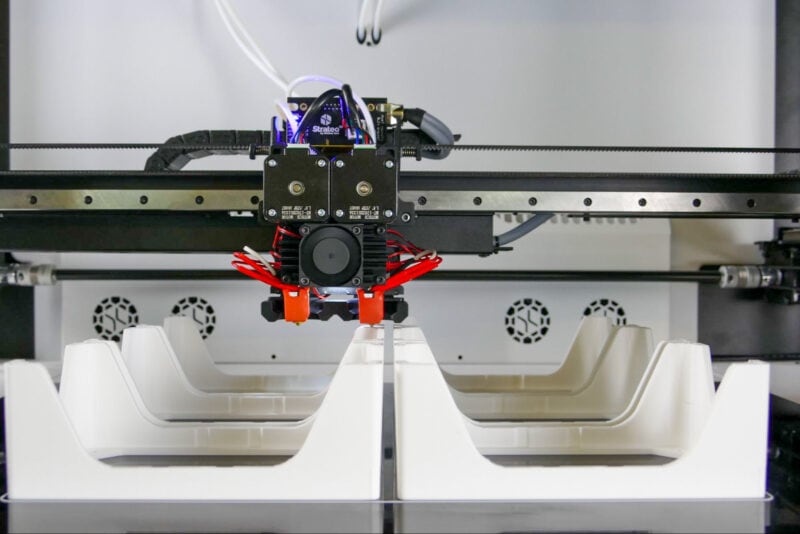
Despite all we covered above, it’s still pretty easy to sell 3D-printed items without getting into trouble with the law. All you need are some design skills and a 3D printer. A basic understanding of running a business helps too, even though you can figure that out as you go.
It’s a good idea to start by finding a market for your 3D-printed products. It can be as easy as printing cookie cutters or as tricky as making prototypes for use in the industry. Proper market research will help you get a better idea of what’s popular in your area and then match it up with your design skills.
Once you’ve done that, it’s time to market yourself and let people know about your services. You can put yourself out there and build a name for yourself by creating a website or using existing websites like Printables and Thingiverse. To reach more customers, you can also list your services and sell online on websites like Amazon, Etsy, and eBay.
When people start to recognize you and your brand, it’s a good idea to invest in your manufacturing setup. If the orders are piling up, getting additional 3D printers will help to meet your customer’s needs.
One of the keys to running a successful 3D printing business is to provide excellent quality and sell products of value to customers. Marketing yourself in a specific niche increases the likelihood that you will become a trusted seller in that space and increases the number of potential customers.
Is It Profitable to Sell 3D Printed Products?
Sure, you can make a lot of money selling 3D prints. Customized and unique objects are a fantastic fit for 3D printing since they are challenging to make using conventional technology. Consumers are eager to pay for one-of-a-kind items that may be tailored to their own preferences.
If you are known for selling high-quality 3D-printed items in a particular niche, you can charge more for your services because of your expertise in that field. If you combine this with some serious design skills, you can charge a high price for your models and make a huge profit.
Of course, you’ll have to factor in the raw material cost, post-processing costs, shipping costs, and other overhead costs. Making money with 3D-printed items is not just about the money that comes in, but also the money you have to spend.
It also depends on the quality of your services, the products you’re selling, and the volume of products. Things like cookie cutters, toys, keychains, and vases don’t have a high profit margin. But there is a large market for them. They sell easily and in large numbers.
On the other hand, custom designs and personalized items are scarce. Because they are harder for customers to get their hands on, you can charge a higher price for them.
Summary: What To Keep in Mind Selling 3D Prints
It’s better to be safe than sorry when selling 3D-printed items. It can be a fun and profitable way to use your 3D printer, but it is critical to navigate the licensing and intellectual property aspects.
3D models have different licenses that indicate whether or not you can make money with them. The licenses listed above are the most common ones, and their explanations give you a clear idea of what you can and cannot do. Keep in mind that a license applies not only to the digital file but also to the items you create with it in physical form.
Despite that, it can be hard to understand and apply these licenses to your own situation. So, before selling any 3D-printed items, you should always find out what the laws are in your area and consult a legal professional.
It’s always best to err on the safe side when it comes to the legal aspects, as not following the licenses can result in serious legal consequences.
If you think there is anything we have overlooked or you have a question about selling 3D printed items, feel free to leave a comment. We’d be happy to help!



